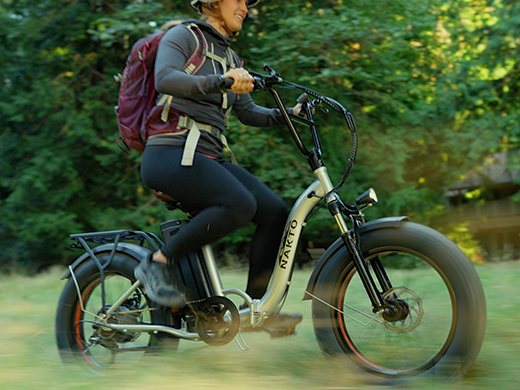
The Latest Regulations for Electric Bikes in Popular U.S. States
As an E-bike rider, it is essential to know the specific laws guiding the use of electric bicycles within the area or jurisdiction in which you ride. It is one thing to know how to ride an e-bike, maintain an e-bike, or even couple up and replace some e-bike spare parts. It is another thing to be sure you are acting within the bounds of the law while riding your e-bike. And this is why we have created this article, to tell you all you need to know about the regulations for electric bikes in the Popular U.S. States.
Subscribe
To join our mailing list and never miss an update!

